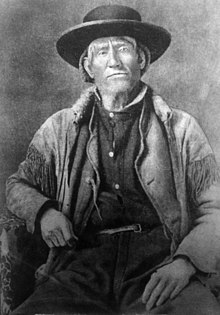This book became my introduction to a disagreement with the common label of “Five Civilized Tribes”. His research through interviews led the author to indicate the adaptation or culture changes of these groups was “neither rapid nor as complete as earlier observes had thought”.
This book contains excerpts from those interviews.This explains the “Oral History” noted in the book’s title.
He does not include political events and controversies. Because his subjects were usually elderly and had confused memories at times, his historical sources with corrections are noted.
Here is a sample:
“Our household furniture was all homemade by father. He earned some of our living by making chairs for other Indians less crafty. They paid father by laboring on our farm or paying him in meat of some kind or skins of wild fur-bearing animals, such as wolf or fox. My father would not accept poultry, eggs, and pork because such things had no market value. Eggs sold for five cents a dozen, large hogs for two dollars and a half apiece.” Cherokee. page 50
Another quote:
“The Indians usually wore moccasins… made from hides and furs.Later they would make shoes. We had no shoe tacks, and we would have to whittle shoe pegs usually out of ash or maple. We would take a cowhide and tan it with bark. If the hair did not come off easily…we would take ashes and grease and make a kind of soap or lye and throw it on the hide and let it stay there overnight. Then the hair would scrape off easily in the morning. We used hog bristles and squirrel skins cut into threads to sew the shoes.” Cherokee. page 51
This book is interesting and informative, helpful for my research for writing. Nine pages of Bibliography and eleven Index pages are beneficial also. Black and white illustrations include maps and photos.
MyraSaidIt
